This two-part series features some of the earliest Canadian Pacific Railway (CPR) hotels in British Columbia. Many of these hotels have since closed down but formed an important part of early Canadian railway history. In previous blog posts, we profiled the two largest surviving CPR hotels in B.C.: Hotel Vancouver and the Empress Hotel.
Mount Stephen House, Glacier House, and Fraser Canyon were the first three hotels developed by Canadian Pacific Railways in BC. Because it was difficult to bring dining cars through mountainous areas, the hotels were initially intended as “dining stations”. These three “chalet” style hotels were designed by the architect Thomas Sorby and had very similar designs, each with six or seven bedrooms.
Mount Stephen House
Mount Stephen House was a small hotel located in Field, British Columbia. Shortly after opening in the fall of 1886, it was described in a Canadian Pacific Railway pamphlet:
The Mount Stephen house, a pretty chalet-like hotel, is situated fifty miles west of Banff, in Kicking Horse Canon, at the base of Mount Stephen — the chief peak of the Rockies in this latitude, whose stupendous mass is lifted abruptly 8,000 feet above. This is a favorite stopping-place for tourists and mountain climbers, and there is good fly fishing for trout in a pretty lake nearby, and “big horns” and mountain goats are found in the vicinity…This is a favorite region for artists, the lights and shadows on the near and distant mountains giving especially interesting subjects for the brush.
The nearby Mount Stephen was named after George Stephen, the Canadian Pacific Railway’s first president.
Here are some images of the hotel from our collections:
Mount Stephen House was expanded in 1901-1902 to accommodate more guests, as shown in this illustration:
This excerpt from a 1903 pamphlet describes the reconstruction, designed by Francis Rattenbury—the same architect who designed the Empress Hotel:
The increasing popularity of Field, as its attractions have become better known, necessitated greater accommodation than the old Mt. Stephen House afforded. The result has been the erection of a new chalet hotel of the same name with much greater accommodation, suites of rooms with private baths, billiard room and the same admirable service which is characteristic of the Canadian Pacific Mountain hotels. It has a livery in connection where carriages, pack and saddle horses can be secured at moderate rates, and outfits of cooks and porters are also available. There is also a dark room at the disposal of guests for development of photographs. The rates range from $3.00 to $5.50 per day, with special arrangements for those making prolonged visits.
– Yoho Valley in the Canadian Rockies and the glaciers of the Selkirk, 1903, p. 4.
The hotel closed in 1918 and was converted into a YMCA, which was demolished in 1963.
Glacier House
Glacier House opened in summer 1887 in Glacier National Park. Pamphlets in the Chung Collection list the hotel as open seasonally, during the summer months.
Here are some photographs of the hotel:
The hotel was surrounded by the beautiful Selkirk Mountains:
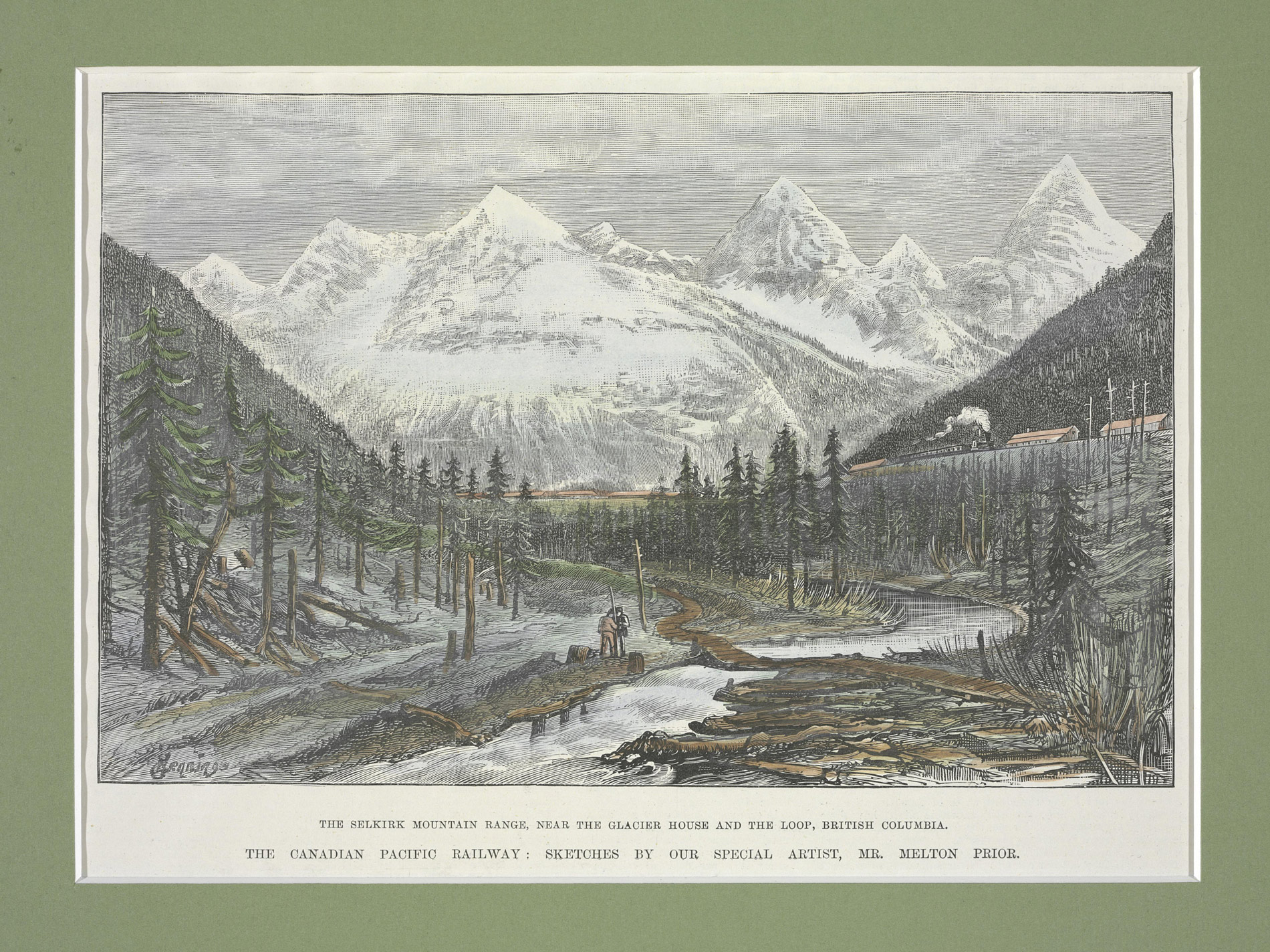
Prior, Melton. The Selkirk Mountain Range, near the Glacier House and the Loop, British Columbia, 1888.
In the 1890s, the hotel hired Swiss guides to show tourists safely through the mountains, pictured here:
Guests could participate in “splendid Alpine climbing and glacier exploring, driving, riding, and hiking.” This pamphlet shows some of the activities and sites at Glacier that were advertised to tourists:
Due to its popularity, Glacier House had to be expanded twice—in 1892 and 1904—to accommodate demand. However, before they could expand the hotel, overflow guests slept in a sleeper car parked outside!
After rail service to the hotel was terminated in 1917, Glacier House closed in 1926, and the building was demolished in 1929.
Fraser Canyon House
The western-most of the first three CPR hotels in British Columbia, Fraser Canyon House, opened in summer 1887 in North Bend.
Here is an image of the hotel from a 1904 pamphlet:
Note that in CPR pamphlets, the hotel’s name sometimes appeared as “Fraser Cañon House” or “Fraser Canon House”; it was later renamed the “North Bend Hotel”.
When researching this blog post, we could find little information on what happened to the Fraser Canyon House, but according to Wikipedia, the original structure burned down in 1927.
References
- Mount Stephen House (Wikipedia)
- Historic Sites of Field (Friends of Yoho National Park)
- Glacier National Park and Glacier House (Parks Canada)
- The end of the line (Parks Canada)
- The North Bend Store and CPR Buildings (Michael Kluckner)
- Canadian Pacific Hotels (Wikipedia)
- List of Canadian railway hotels (Wikipedia)
- Brown, Ron. Train doesn’t stop here anymore: An illustrated history of railway stations in Canada. Toronto, CA: Dundurn, 2008.
- Denby, Elaine. Grand hotels: Reality & illusion: an architectural and social history. London: Reaktion Books, 1998.
- Hart, E. J. The Selling of Canada: The CPR and the Beginnings of Canadian Tourism. Banff: Altitude Publishing, 1983.
- McKee, William Carey and Georgeen Klassen. Trail of Iron: The CPR and the Birth of the West, 1880-1930. Vancouver: The Glenbow-Alberta Institution in association with Douglas & McIntyre, 1983.
- Canadian Pacific Railway. General Publicity Department. Canadian Pacific Facts and Figures. Montreal?: Canadian Pacific Foundation Library, 1937.
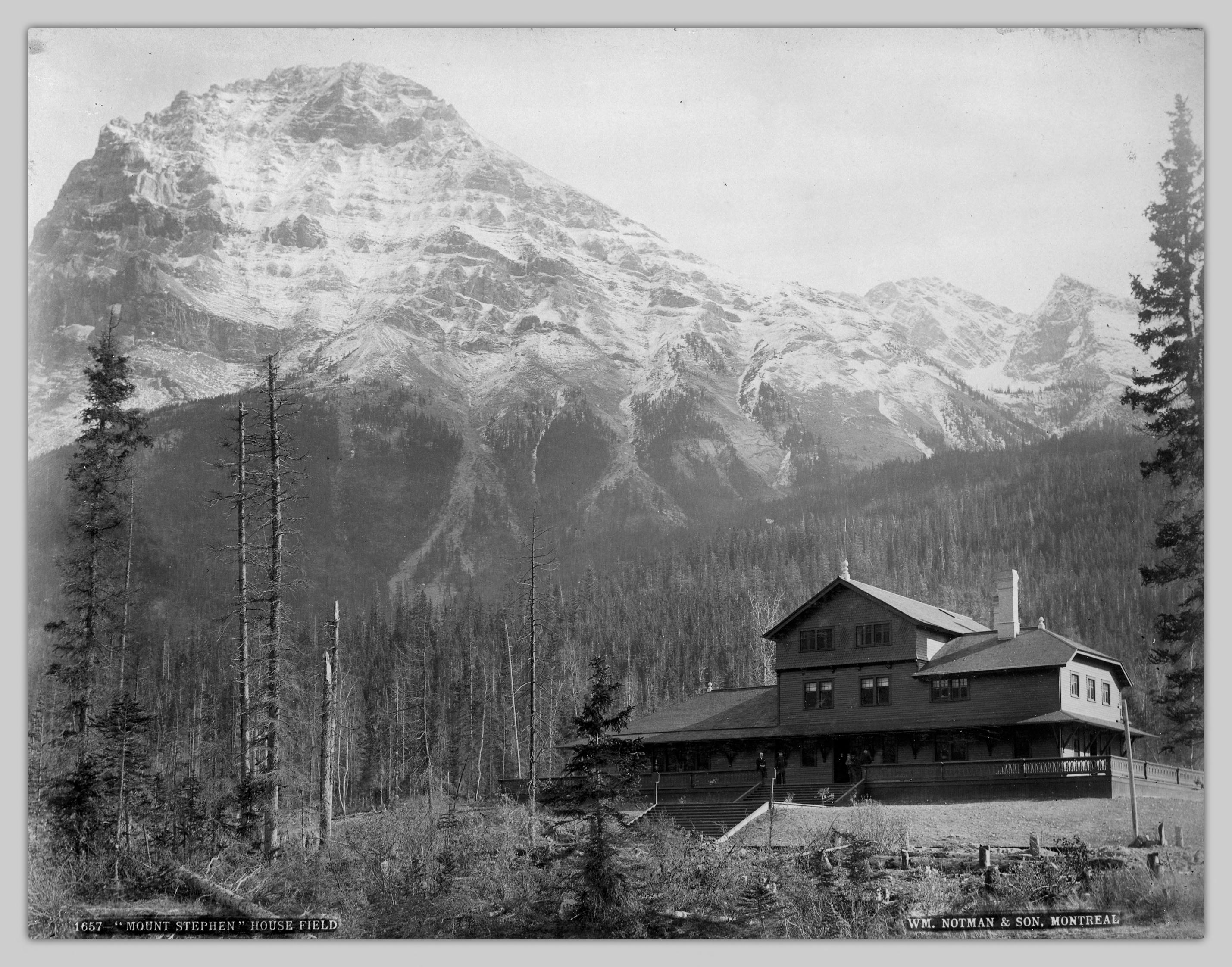
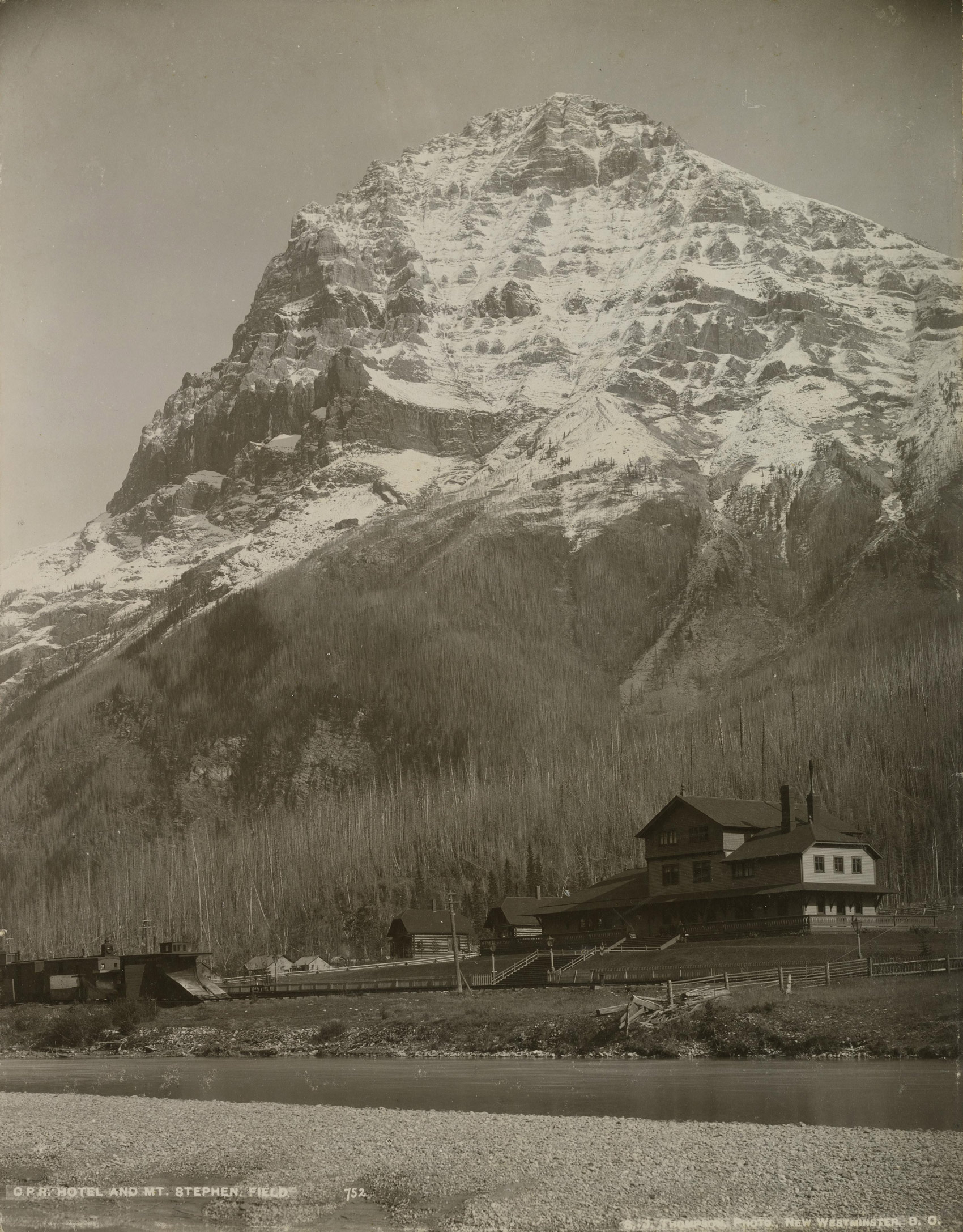
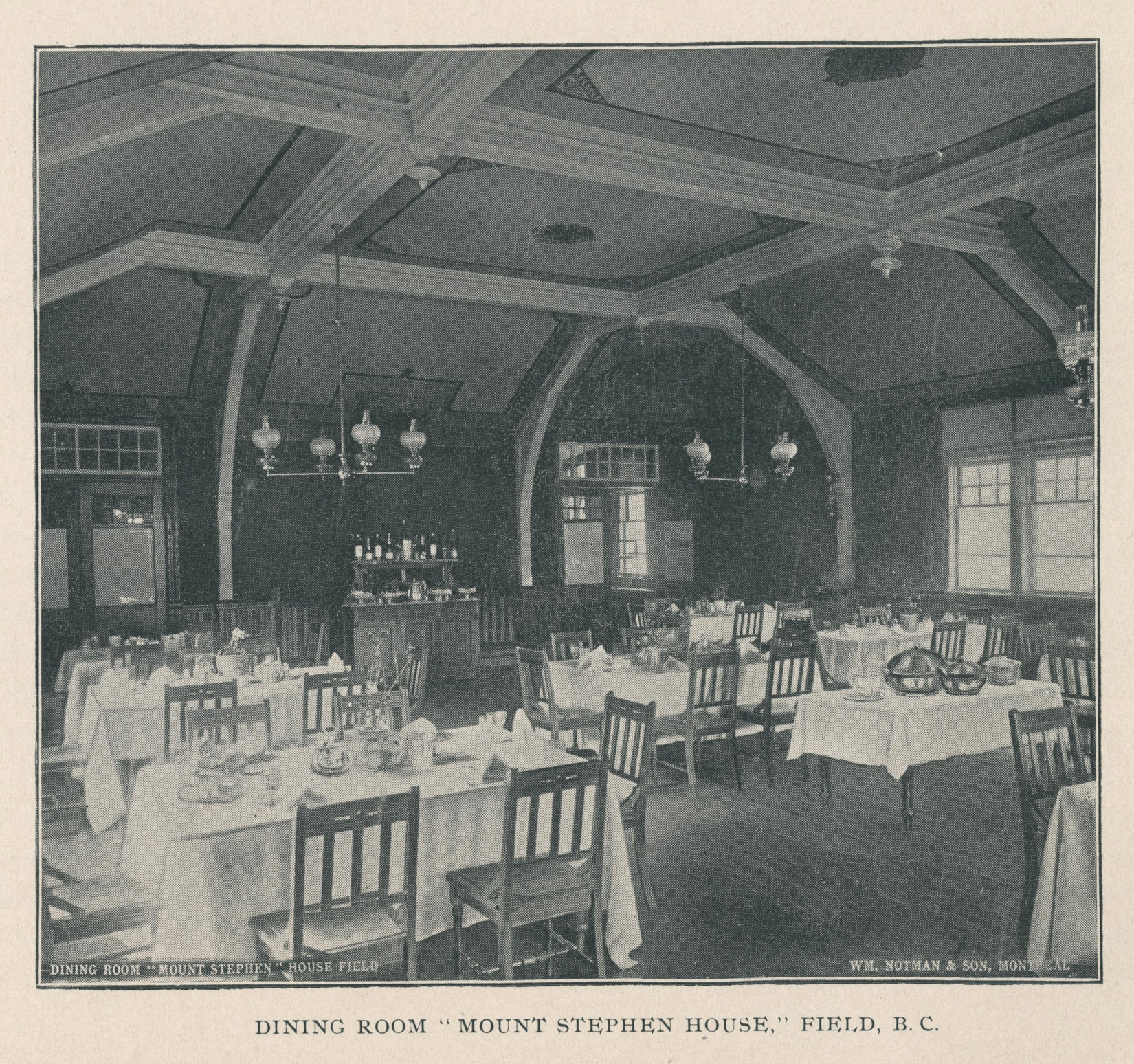
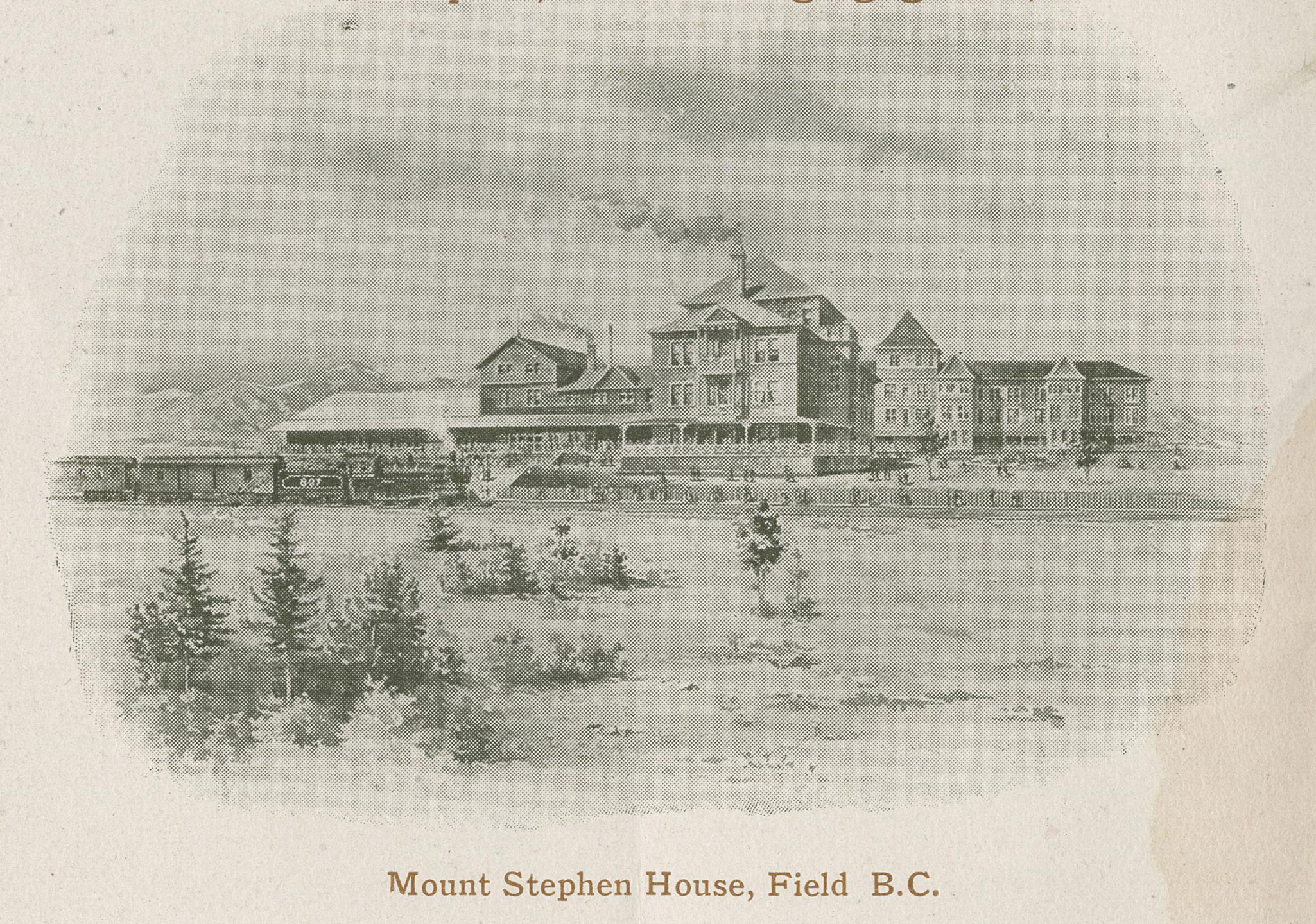
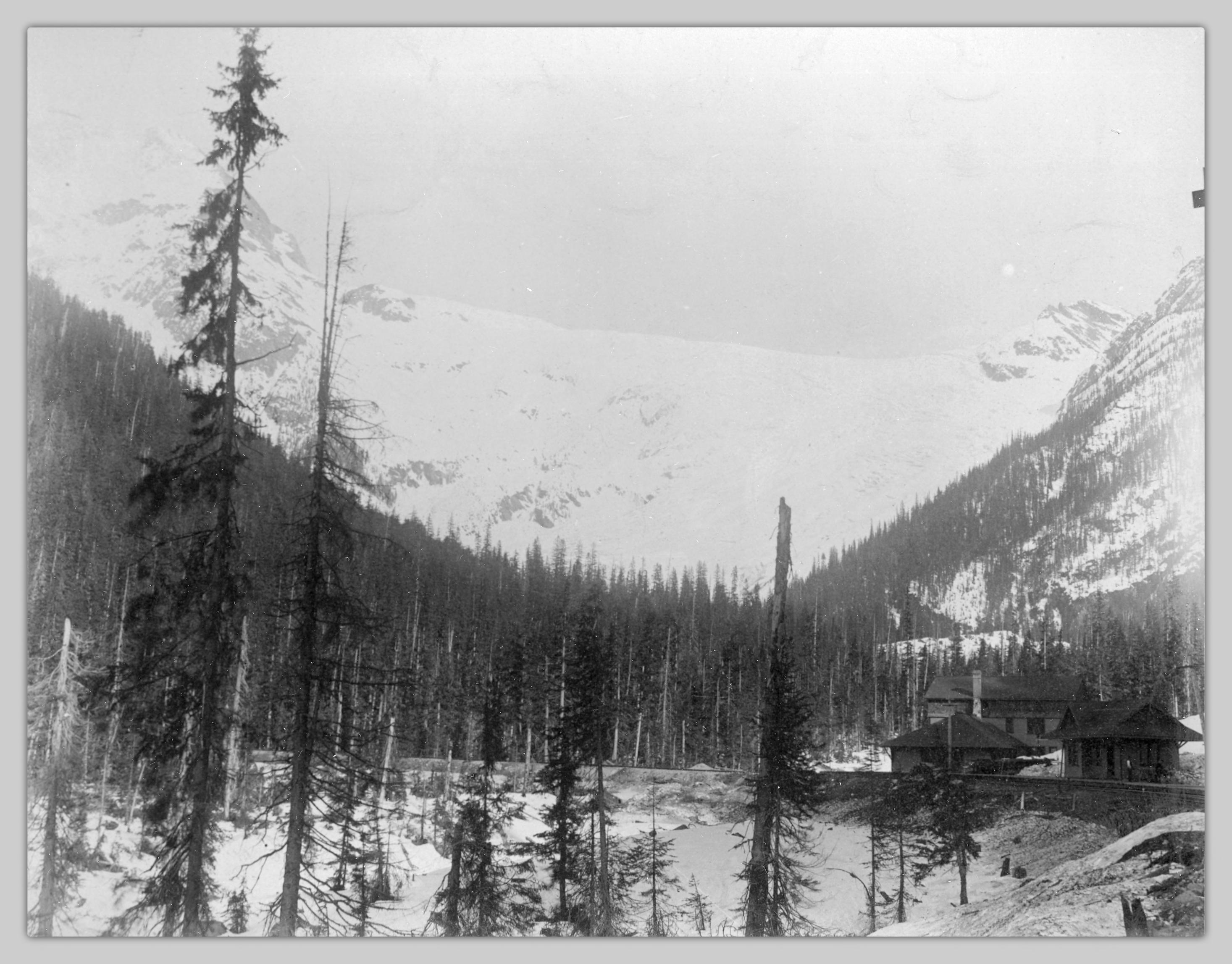
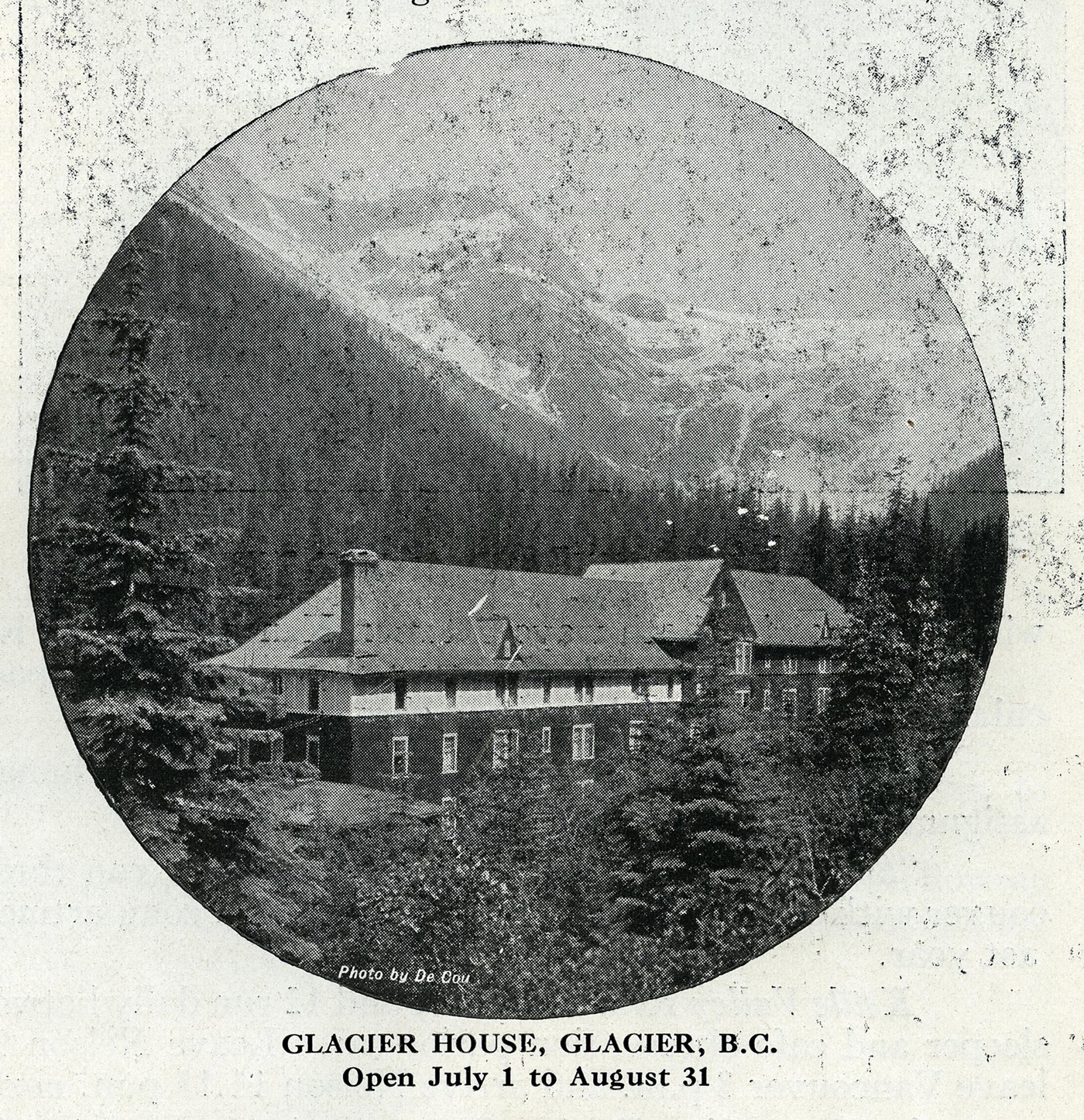
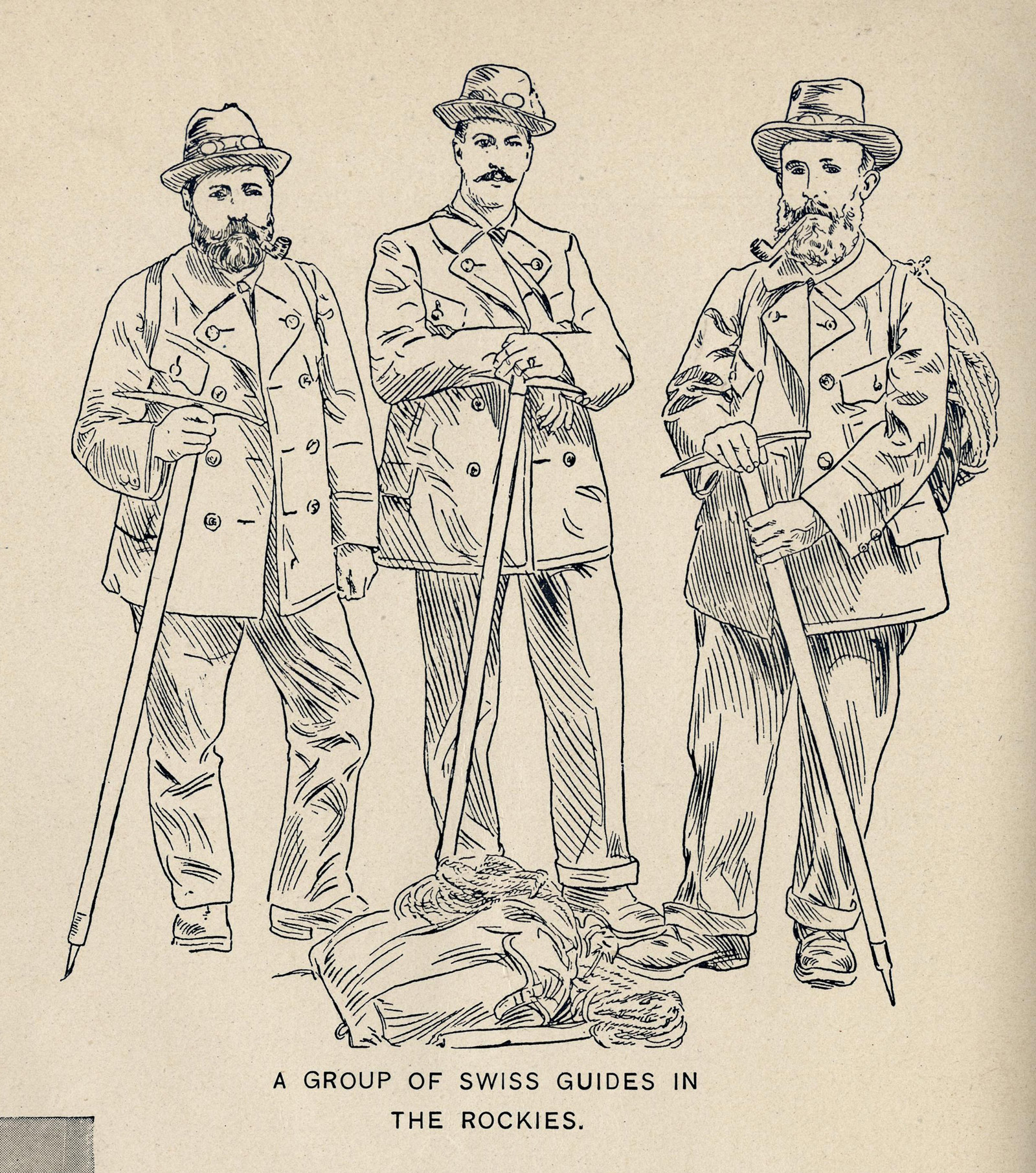
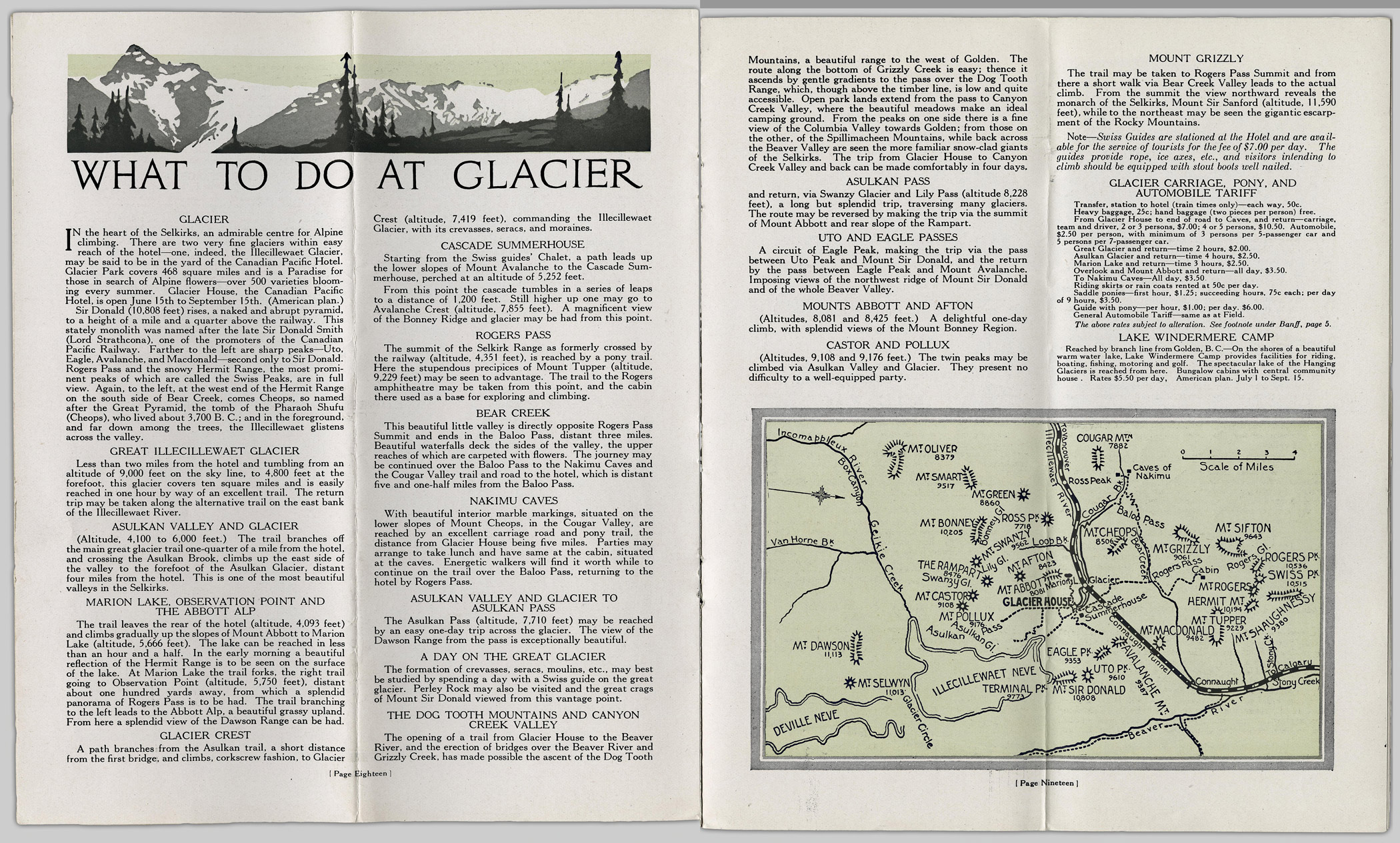
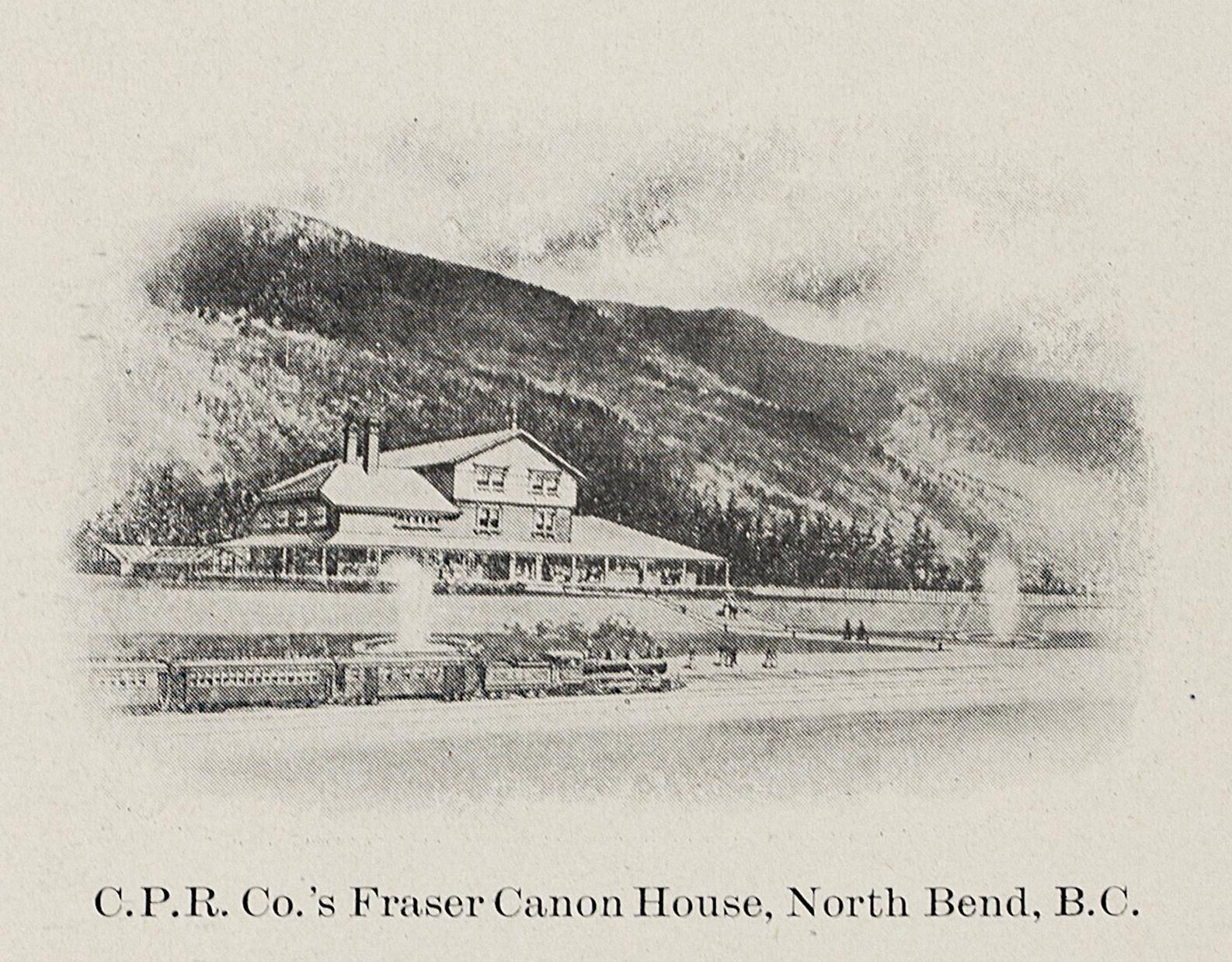



Hello – Excellent points and photos about the three CPR hotels. Are you aware that two Scottish “spinsters” were early managers of all three, either together or individually? I am writing a biography of them, and would be happy to share information with you. (Of course, there were other early managers, at least one of whom was also female, but it gets a bit complicated.)
All three hotels served meals to passengers passing through, and also hosted overnight guests, some of whom wrote and published their impressions.
Thank you for your comment and for checking out our post about the CPR Hotels. Sounds like you are engaged in some fascinating research! We just might be in touch to learn more about these early managers. All the best, Digitization Team at UBC
I have a turn of the century wood framed photo with CPR initials on the wood frame from a cpr hotel about 36 w and 28 high. the frame is dark oak and cpr hand carved. the photo is harvest with 4 times three teams and a chuckwagon. I am wondering what to do with it as I am old and what its general vale is
Hi Clyde!
Thank you for checking our blog post about Canadian Pacific Railway hotels!
The at item sounds very interesting! We don’t track values for items but you can determine the fair market value by finding similar items on auction websites such as eBay. It is a good place to start but comparing values on other sites is helpful. Also, there might be some museums out there that you could reach out to that might be interested in acquiring them to their collection, if you are okay donating it. Good luck and I hope this was helpful!
Best,
Digitization Centre Team
I would like to reprint some of these photos for personal display. What sort of copyright issues do I have to deal with?
Hello and thank you for your question. You are able to download and reprint for personal or commercial use. If you require a larger sized file, you would have to order one through Rare Books and Special Collections, with a fee attached. I hope this information is helpful. You can read more here: https://rbsc.library.ubc.ca/guidelines-for-reproducing-and-sharing-rbsc-materials/